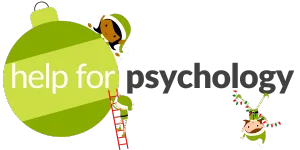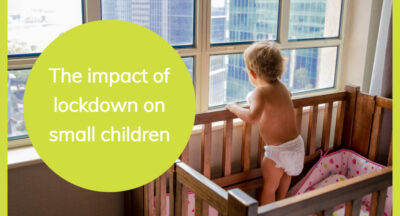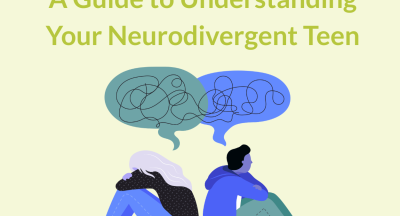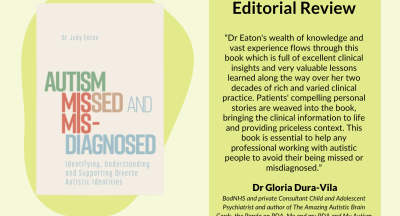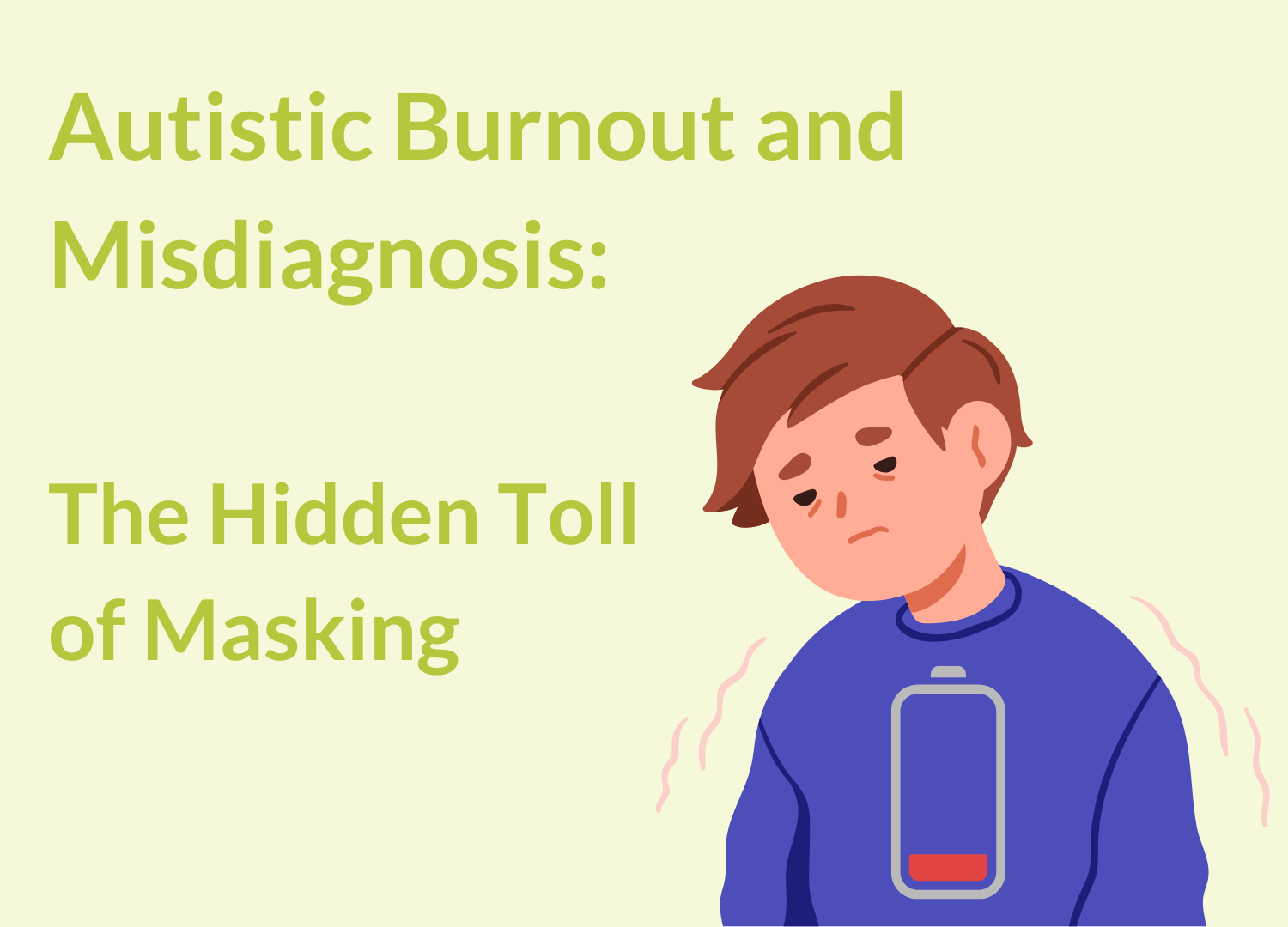
Last updated: 10th November 2025
This process, known as autistic masking or camouflaging, is a complex and exhausting strategy. It involves consciously or unconsciously hiding autistic traits and performing neurotypical behaviours to fit in. This isn’t simply about being shy or wanting to please others; it’s a profound and constant effort to compute a world that others navigate intuitively manually. While it can be a temporarily effective survival strategy, the long-term cost to an individual’s mental health, identity, and energy reserves is staggering.
The Crushing Cognitive Load Of Camouflage
This performance involves a checklist of mentally taxing tasks:
- Forcing eye contact: This can be physically uncomfortable, distracting, or even painful for many autistic individuals, yet they force themselves to do it to appear “normal.” They may even develop complex rules for themselves: “Look at the teacher for three seconds, then look at the board for five, then back for three.”
- Suppressing self-regulating behaviours (stims): The natural, repetitive movements that help them manage anxiety and sensory overload—like hand-flapping, rocking, or fidgeting—are suppressed for fear of standing out. Holding back these essential regulatory behaviours is like trying to keep a lid on a boiling pot; it takes immense and constant pressure.
- Manually decoding social cues: They watch their peers intently, mimicking their posture, tone of voice, and facial expressions. They learn to perform a “listening face” or a “sympathetic nod” without necessarily feeling the corresponding emotion in that moment.
- Rehearsing conversational scripts: Simple interactions that are spontaneous for others require mental rehearsal. They may have pre-prepared answers to common questions like “How was your weekend?” and constantly fear being asked something they haven’t prepared for.
- Faking comprehension: To avoid the social awkwardness of asking for clarification, they may laugh at a joke they don’t understand or agree with a point in a conversation they haven’t been able to follow.
This relentless performance prevents them from ever truly relaxing. They can never just be. The constant fear of the mask slipping, of being “found out,” creates a baseline of high anxiety that permeates every aspect of their life.
When The Mask Becomes Too Heavy: Autistic Burnout
For parents and carers, witnessing a child go through autistic burnout can be intensely frightening and confusing, as it often appears as a sudden and dramatic shift in their personality and abilities.
Key signs include:
- A significant loss of skills: A young person might suddenly lose the ability to do things they could previously manage with effort. A child who could once tolerate the school canteen may now be unable to enter it. A teenager who managed their homework may now be unable to open a book. This isn’t wilful regression; it’s a system-wide power-down.
- Intensified sensory sensitivity: Their tolerance for sensory input plummets. The hum of a refrigerator can become an unbearable roar, the light touch of a T-shirt can feel like sandpaper against their skin, and smells can become nauseating. The world becomes a much more painful place.
- Complete withdrawal and demand avoidance: The young person may retreat entirely, leading to “school refusal” or a refusal to leave their bedroom. This is not defiance. It is a profound state of threat-response. Their brain, having zero capacity left, perceives any demand—even a simple question like “What do you want for dinner?”—as an overwhelming attack, triggering a fight, flight, or freeze response.
- Increased meltdowns or shutdowns: As people’s ability to self-regulate becomes completely exhausted, emotional explosions (meltdowns) or internal retreats into nonverbal, unresponsive states (shutdowns) become more frequent.
The Danger Of A System That Sees Behaviour, Not Cause
They see a collection of behaviours: emotional dysregulation, social withdrawal, an unstable sense of self (from a lifetime of masking), and perhaps self-harm as a desperate coping mechanism. Without an autism-informed lens, this pattern maps tragically well onto the diagnostic criteria for other conditions, most notably Emotionally Unstable Personality Disorder (EUPD/BPD) or Oppositional Defiant Disorder (ODD).
This misdiagnosis is catastrophic. The recommended treatments for these conditions, such as therapies that focus on challenging “maladaptive” thoughts and behaviours, can be actively harmful. They ask the autistic individual to do more of the exhausting cognitive and social work that led to their burnout in the first place. It invalidates their authentic experience, increases their trauma, and blames them for their distress. This can lead to a devastating cycle of failed interventions, escalating mental health crises, and, in the most tragic cases, psychiatric hospitalisation, where their autistic needs are further misunderstood.
Parents, educators, and clinicians must learn to look beyond the mask and ask why a child is behaving in a certain way. By understanding the immense pressure that leads to burnout, we can shift our focus from trying to “fix” the behaviour to providing compassionate support, reducing the demands, and seeking an accurate assessment that our young people desperately need and deserve.
Related Posts
The impact of COVID 19 lockdowns on children
The impact of COVID 19 lockdowns on children’s development and the early...
The World Through a Different Lens: A Guide to Understanding Your Neurodivergent Teen
Understand your neurodivergent teen. This guide explores the unique experiences...
Autism – The tragedy of the missed and misdiagnosed
Blog updated 10th April 2024The inspiration for this blog article came from three...
Autism related training videos for GPs and other health professionals
Help for Psychology, an organisation with extensive experience in supporting...
